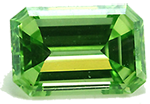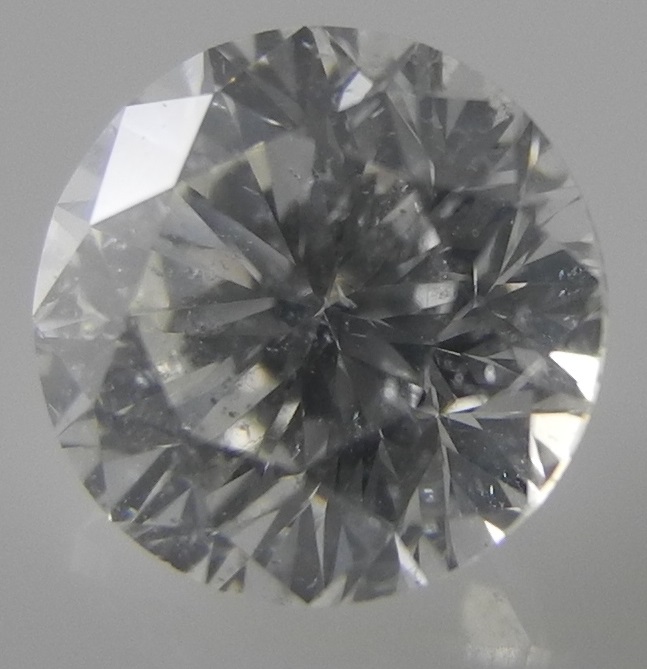Understanding Emerald Cut Diamonds

About Emerald Cut Diamonds
The emerald cut diamond is regarded as the epitome of elegance and is popular as either a center stone or as side stones in a diamond engagement ring. When purchasing a loose diamond, a diamond engagement ring or a diamond pendant necklace, you are likely to have certain requirements regarding the color rating and clarity grading of the stone.
It is therefore important to be able to translate the clarity of a diamond to how it would look like to the naked eye and under the loupe. The clarity grading corresponds to one’s ability to see imperfections, also known as inclusions, through the naked eye or by using a 10x jewelers loupe. With a brilliant diamond such as the round or heart shaped diamond, the imperfections in VVS1 to VVS2 diamonds are very difficult to see with a loupe.
When purchasing an emerald cut diamond, keep in mind that inclusions are more visible in emerald cut diamonds than they are on brilliant cut shapes, meaning that many jewelers advise their customers looking for an emerald cut diamond to look for a stone with no less than a VS2 GIA clarity grading. However, this doesn't mean that buying an SI2 graded emerald diamond should be completely out of the question. Some customers would still prefer a larger stone, even if the imperfections are slightly more visible.
Get into step with
emerald diamonds

Why Are Inclusions In Emerald Cut Diamonds Easier To See
For brilliant cut diamonds such as the round, oval or cushion cut diamond, the light is spread out by its brilliance and the inclusions are therefore difficult to see. The emerald is a step cut diamond, meaning it has rows of facets, rather than a brilliant cut diamond distributing its facets outwards. The facets are larger and give the appearance of a stair case, hence the name “step cut”. This results in a very clear and reflective stone for which imperfections can be seen far more easily with the naked eye. Due to the mirror effect produced in a step cut, inclusions often reflect off each other, making them far more visible.
Comparing Step Cut And Brilliant Cut Diamonds
Below are two SI2 graded diamonds, one is an emerald cut and the other is a round cut diamond. As you can see, the inclusions on an emerald cut diamond of the same clarity are more visible due to the reasons already discussed in this article. From a naked eye, the inclusions on the round cut loose diamond would be almost undetectable.

Emerald Cut Diamond, 1.78 Carats, E Color, SI2 Clarity

Round Cut Loose Diamond, 0.71 Carats, G Color, SI2 Clarity
Advice For Purchasing An Emerald Cut Diamond
The emerald cut diamond has its’ own unique elegance. When purchasing a large diamond, an emerald cut is a good choice due to the fact that there is a large supply of rough diamonds which can successfully be cut into emerald cut diamonds. If you do decide to buy an emerald diamond, keep in mind the following:
- The clarity rating for an emerald cut diamond should be no less than VS2 clarity; otherwise the inclusions will be more visible.
- When purchasing step cut diamonds, make sure the color grading is no lower than H to I color. J to K color grades will make the diamond look slightly tinted.
- If you are purchasing emerald diamonds as side stones, make sure that they are similar to each other in color and clarity. They should not have more than one grading in color or clarity in difference.
CaratsDirect2U can help you customize your emerald cut center stone to match any diamond jewelry setting. We can also match any center stone to side stones, taking into account the size, color, clarity and cut of your center stone to create the perfect piece of jewelry.


